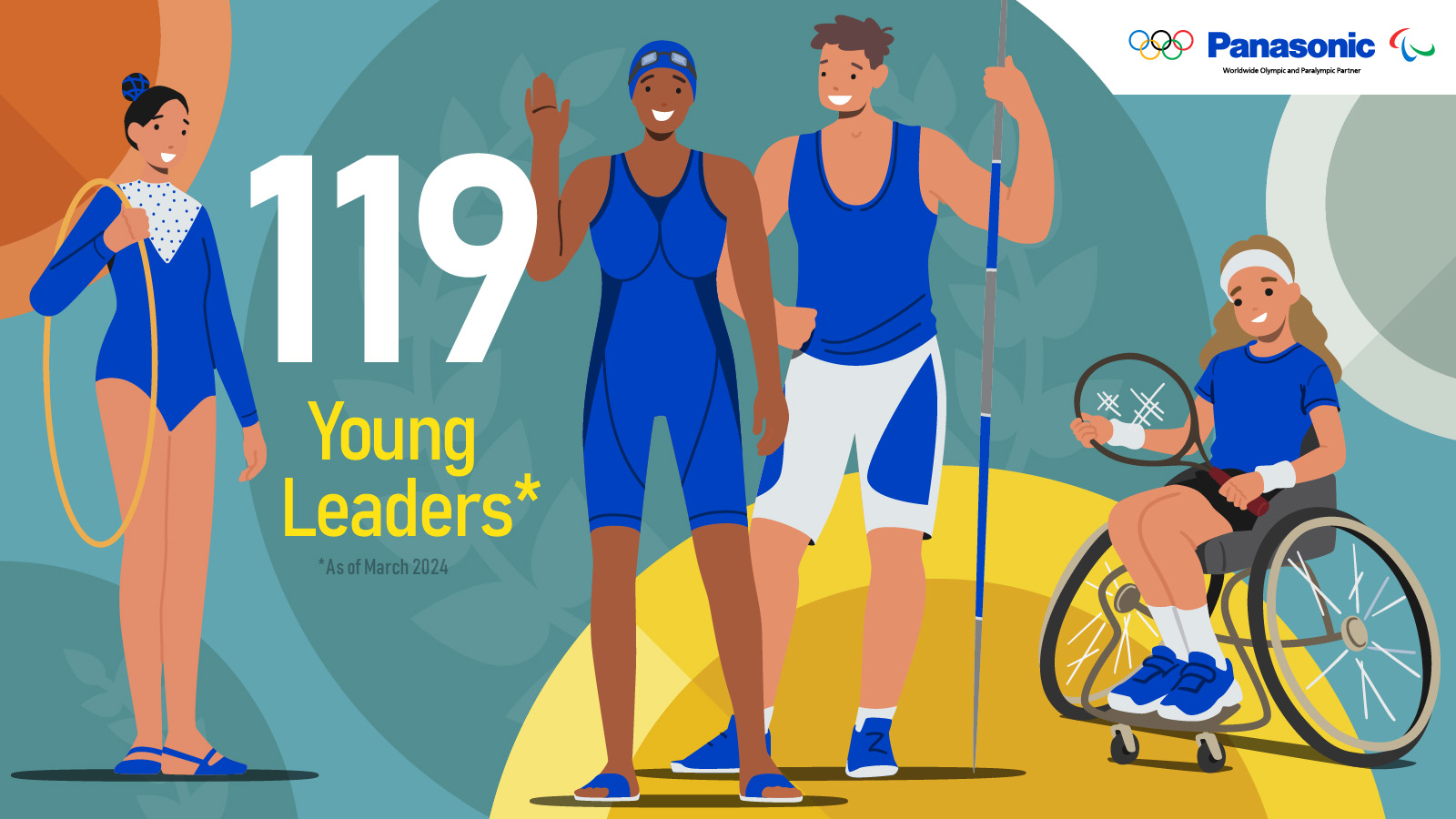
Jul 26, 2024
- Sponsorship & Events
- Feature Story
- Olympics Paralympics
- Educational Solution
- Athletes
- Diversity Equity & Inclusion (DEI)
Jul 20, 2012
Sponsorship & Events / Blog Posts
Panasonic announced its sponsorship of Tokai University's solar car team competing at the South African Solar Challenge 2012 (SASC), the longest distance solar car race in the world, to be held from September 17 to 29, 2012. Panasonic's energy solutions helped the Japanese university team to victory at the 2011 World Solar Challenge in Australia last year, when the company provided its HIT solar cells offering the world's highest level* of energy conversion rate as well as high-capacity lithium-ion batteries
This year's third South African Solar Challenge, a bi-annual event first held in 2008, will see solar-powered cars compete driving on a challenging course, an approximately 5,000 km loop virtually around the entire circumference of the Republic of South Africa. The course, starting and ending in the northeastern city of Pretoria, is not only the world's longest, but also has a maximum elevation difference of roughly 2,000 m.
At the previous SASC event held in 2010, the Tokai University solar car team successfully defended its victory, using Panasonic's high-capacity lithium-ion batteries. The team will seek to extend its winning streak to three in the SASC this year, with a solar car equipped with the high-capacity lithium-ion batteries as well as HIT solar cells.
Panasonic HIT solar cells are hybrids of single crystalline silicon surrounded by ultra-thin amorphous silicon layers. With high conversion efficiency, excellent temperature performance, and high energy output per unit area, the cells are ideal for obtaining maximum power within a limited space, such as the rooftops of private homes. HIT cells are also suited for solar cars competing in the SASC because its regulations limit the total area of solar cells installed on the car body.
The batteries Panasonic is providing are cylindrical 18650-type (18 mm diameter, 65 mm length) high-capacity lithium-ion battery cells having the company's proprietary nickel-based positive electrode. They will be mounted in arrays within a storage battery module. Featuring the industry's highest level of energy density, the battery cell is light, high capacity, and long-lasting and enables making battery module lighter.
By providing a combination of energy-creation and energy-storage solutions with its high-capacity lithium-ion batteries and HIT solar cells that boast the world's highest level of energy conversion rate for any mass-produced solar cell, Panasonic will support the Tokai University students' challenge in the solar car race that will be run under harsh weather conditions.
*For a mass-produced, home solar generation system, as of February 2012, based on Panasonic's survey.
Panasonic's Reports of the World Solar Challenge 2011
- The World Solar Challenge 2011
Tokai University Solar Car Team which used HIT solar cells boasting the world's highest level of energy conversion rate, as well as high-capacity lithium-ion batteries provided by Panasonic as part of its sponsorship agreement with the team, won the 2011 World Solar Challenge (WSC), one of the world's largest solar car race which was held from October 16, 2011 in Australia.
The content in this website is accurate at the time of publication but may be subject to change without notice.
Please note therefore that these documents may not always contain the most up-to-date information.
Please note that German, French and Chinese versions are machine translations, so the quality and accuracy may vary.